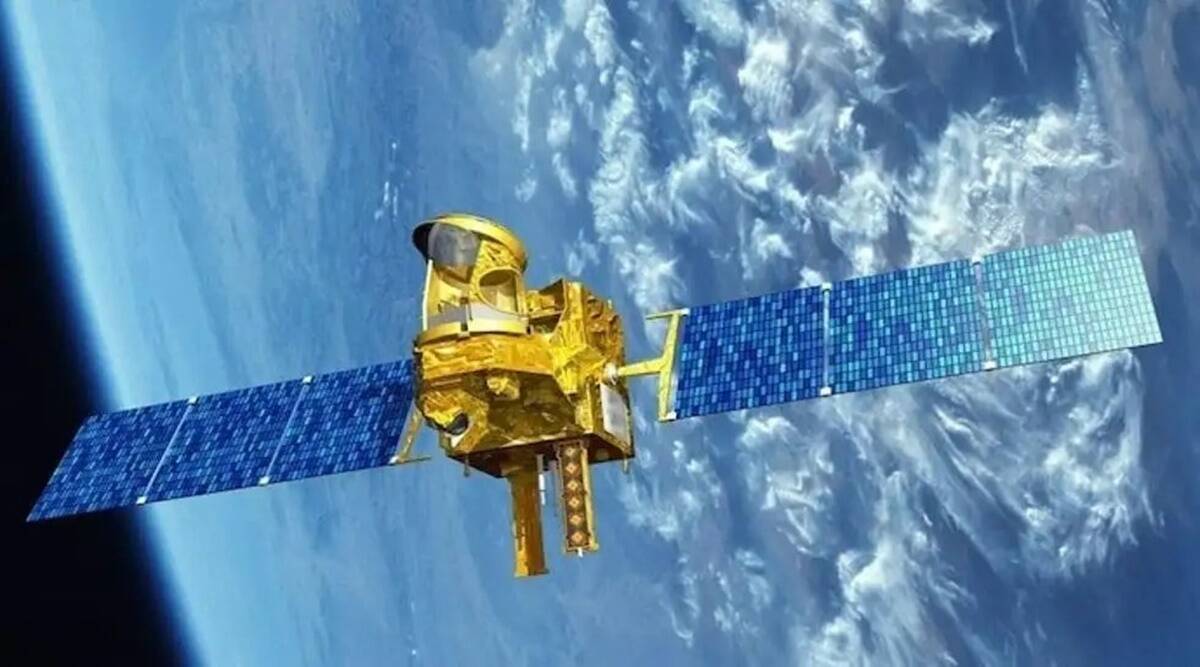After more than a decade of activity, the Megha-Tropiques atmosphere study satellite has just completed its mission, illustrating the fruitful Franco-Indian cooperation that has lasted for nearly sixty years.
Officially initiated on May 15, 1964, Franco-Indian space cooperation was the work of physicist Jacques Blamont, scientific and technical director of Cnes, with his Indian counterpart Vikram Ambalal Sarabhai. The two men then engaged in peaceful purposes a partnership between our two countries leading to the first experiments in the upper atmosphere using French sounding rockets (Centaur, Aries).
Furthermore, as early as 1965, France also proceeded with technology transfers, first that of sounding rockets and then, a few years later, that of the Viking rocket engine (equipping the first Arianes) which, under the name of Vikas (VIKram Ambalal Sarabhai), is notably used for the first Indian PSLV launcher. Similarly, the Sriharikota space center was developed in cooperation with the French.
Satellites for climate study
During the 1990s, India and France revived their cooperation to promote the placement of scientific instruments in satellites, but also to jointly produce scientific satellites. In 1993, Cnes scientists launched the idea of a tropical mission to study the water cycle in tropical areas. Faced with the costs and difficulties (to develop the instruments), the leaders recommend the internationalization of the project. An approach was made with India in 1995 and became a reality in June 1998, leading to the Megha-Tropiques mission (Megha meaning "cloud" in Sanskrit). In October 2002, the financial hazards threaten the project which is nevertheless saved two years later and acted on November 12, 2004 by the signature of the heads of the French space agencies Cnes (Yannick d'Escatha) and Indian Iisro (Madhavan Nair).
Objectives
Two main scientific objectives are assigned to Megha-Tropiques : To improve the knowledge of the water cycle in the intertropical region (and to assess its consequences on the energy balance), and to study the functioning of tropical convective systems over the ocean and continents. In addition to this, it should also provide data on the phenomena that lead to specific weather events in tropical regions, such as typhoons, monsoons, drought periods, etc.
Characteristics of Megha-Tropiques
With a total mass of 997 kg, this one consists of an Isro-provided platform (inherited from the Indian IRS satellites) and the Payload Instrument Module (PIM) that supports a GPS radio occultation receiver for vertical profiling of atmospheric temperature and humidity (Isro instrument), and three radiometers. The first, Madras (Microwave Analysis and Detection of Rain and Atmospheric Structures), is a microwave imager for studying precipitation and cloud properties, including ice on top of clouds (developed by Cnes, Airbus Defence and Space and Isro). The second, Saphir (Sounder for Probing Vertical Profiles of Humidity), is a microwave sounding instrument to measure the distribution of atmospheric water vapor (Cnes). Finally the third, ScaRaB (Scanner for Radiation Budget), is a multispectral optical radiometer dedicated to measuring radiative fluxes at the top of the atmosphere (Cnes/CNRS/LMD).
Launch and operations
On October 12, 2011, Megha-Tropiques is launched by India's PSLV C18 launch vehicle and is placed at an altitude of about 865 km, with an inclination of 20° to the equator. It is to make observations several times a day (up to six) of each point in the intertropical zone.
While in January 2013 the Madras instrument broke down, the others continued to work well, so much so that in October 2016 the heads of Cnes (Jean-Yves Le Gall) and Isro (Aluru Seelin Kiran Kumar) signed the extension of the Megha-Tropiques mission for another four years.
Since 2018, a technical problem has also been disrupting data recording in the satellite's mass storage, but scientists are still managing to get data right, even though the satellite's original mission duration was three years.
On March 7 2023, after a little more than 11 years of good and loyal service, the satellite was retired decommissioned and deorbited. Its orbit had been lowered to 253 x 381 km in recent months.
The Megha-Tropiques adventure is one of the chapters of the book Sixty Stories of Space in France (1961-2021) released in June 2022 by Ginkgo éditeur.
Some references
- An article:"Megha-Tropiques: a Franco-Indian hydrometeorological satellite", collective of authors, in La Météorologie n°57, May 2007.
- The Cnes website at the Megha-Tropiques program
- A Space Rendezvous conference on the theme " Franco-Indian space cooperation, history and perspectives ", with Nicolas Pillet, Mathieu Weiss and Audrey Berthier, November 4, 2020.
Philippe Varnoteaux is a doctor of history, a specialist in the early days of space exploration in France and the author of several reference works
Découvrez cet article sur Air&Cosmos

